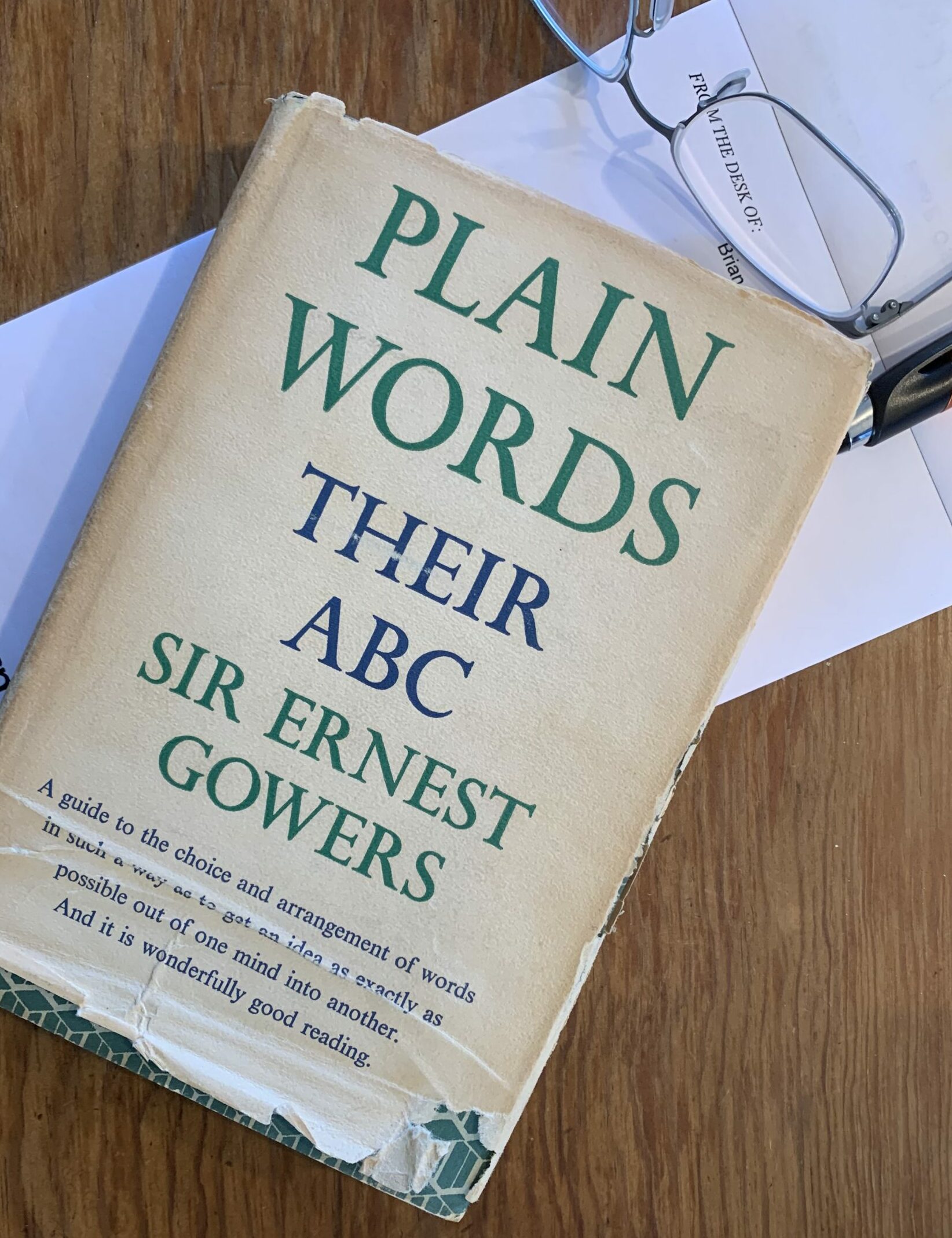Despite Concerns, It May Be More Friend Than Foe
“The expert opinion may, and will, have influence if it is convincing; but if the expert opinion does not convince, it will have little to no effect.”
There is a lot of Fear, Uncertainty and Doubt (FUD) swirling around the European Union’s legislative proposal for an SEP Framework. Fearmongering purveyors of FUD loudly characterize the SEP Framework as “regulation”, as if the innate nature and essence of standard essential patents (SEPs) would be forever altered. I have heard phrases like “the EU will regulate SEPs”. In reality, however, the SEP Framework merely contemplates a legislative act to establish an official agency (“competence centre”) for SEPs in Europe. Last year the European Commission started the “ordinary legislative procedure” by proposing the SEP Framework, and earlier this year the European Parliament approved a slightly modified version. In the next phase, the Council of the European Union, where the legislative proposal will also be debated and likely amended, will consider the proposal. The Council and Parliament process parallels the way legislation passes through Congress, with proposals being debated in both the House and the Senate. Work is ongoing, but a vote in the Council is probably still over a year’s time away.
Here are some of the key, often-discussed provisions of the act.
1. Analysis of the Proposal
A first subject of discussion is the competence centre, which will be created at the European Intellectual Property Office (EUIPO). I see the competence centre at the EUIPO in many ways comparable to creating an office at the United States Patent and Trademark Office (USPTO) to provide information and advice about SEPs. While often forgotten, the competencies of the USPTO encompass both trademarks and patents. Comparing the responsibilities as described in Wikipedia, “The United States Patent and Trademark Office (USPTO) is an agency in the U.S. Department of Commerce that serves as the national patent office and trademark registration authority for the United States” and “The European Union Intellectual Property Office (EUIPO) […] is a decentralised agency of the EU responsible for the registration of EU-wide unitary trade marks and industrial design rights. […]” The EUIPO will see its responsibilities extended to providing information on commercial aspects of patents connected to standards, but that’s still a small additional responsibility with respect to SEPs as compared to the broad responsibilities of the USPTO for all U.S. patents.
Another widely discussed feature of the proposed legislation is Article 18, which declares that the competence centre will provide a “non-binding expert opinion on aggregate royalty,” and specifies:
“The expert opinion shall include an analysis of the value chain concerned and the potential impact of the aggregate royalty on the innovation incentives of both SEP holders and stakeholders in the value chain where licensing is to take place.”
The expert opinion may, and will, have influence if it is convincing; but if the expert opinion does not convince, it will have little to no effect. Accordingly, contrary to some critics, the non-binding expert opinion does nothing to regulate SEPs. In fact, expert opinions are also an integral part of case law in areas other than patent law, where they support the judicial process but do not restrict the court’s freedom of judgement.
One of the more controversial sets of provisions is provided under Title V, “Essentiality checks of standard essential patents” and Article 28, clause 6, which defines the results and the consequences thereof: “The result of the essentiality check conducted by and the reasoned opinion of the evaluator or the final reasoned opinion of the peer evaluator may be used as evidence before stakeholders, patent pools, public authorities, courts or arbitrators.” Here again, aside from permitting the reasoned opinion to be referenced as evidence in other contexts, the essentiality check does nothing to regulate SEPs. The final decision on the essentiality of IP rights remains in the hands of the judges.
A final set of provisions can be found under Title VI, “FRAND determination.” The Title has the objective of providing a “determination”, or expert opinion, comprising a proposal as described in Article 55, which states:
“ Article 55
Reasoned proposal for a determination of FRAND terms and conditions by the conciliator
-
- At the latest 45 days before the end of the time limit referred to in Article 37, the conciliator shall submit a reasoned proposal for a determination of FRAND terms and conditions to the parties or, as applicable, the party requesting the continuation of the FRAND determination.”
Once again, the cited provisions aim to provide for FRAND terms determined by a conciliator, but no regulation of SEPs. This FRAND determination should be understood as support for judges in order to better understand the terms and conditions of the proposed SEP license contracts.
The powers of the competence centre are thus suited to its name: to provide competence in the field of SEPs, not regulation of SEPs. Of course, if the competence centre is indeed competent, its opinions and determinations will carry weight – but that is nothing negative, and far from the outsized FUD narrative of the SEP Framework.
2. Impact Evaluation
The SEP Framework has the primary stated objectives to “make available detailed information on SEPs and existing FRAND terms and conditions to facilitate licensing negotiations.” Concerns have been expressed that, if enacted, the SEP Framework will stop innovation and hurt European and U.S. industry. Again, however, such concerns are largely unfounded.
A first objective concerns the provision of “detailed information on SEPs”. The nature of the detailed information is not specified, presumably to leave the meaning open to market developments and future innovation. One interpretation might be that the competence centre will form a list of those patents whose owners allege the patent as relevant to a standard, and that the competence centre will then confirm or deny applying technical expertise to judge the relevance of patents. This corresponds to “Chapter 3 Registration of SEPs.” Of course, nothing in Chapter 3 leads to a legally binding interpretation – that is reserved for the courts – but the combined effect would indeed comprise detailed information. Additional, publicly available information on SEPs only serves to improve transparency surrounding SEPs, but provides no regulation of SEPs.
Chapter 4 addresses the “essentiality check”. As discussed above, this essentiality check is not a final decision – that decision is reserved for the courts – but it is an expert evaluation. The obvious question for any party seeking to license patents would be “is the patent actually essential?” However, the true answer, after duly checking the patent and the standard, might well be “a 70% likelihood that a court would find the patent to be essential.” All bona fide SEP stakeholders would love a definitive yes/no answer, but that’s not realistic and also not what the SEP Framework promises. A competent determination of essentiality serves to provide a level of surety to SEP stakeholders but sets no regulation of SEPs.
A second objective, concerning existing FRAND terms and conditions, is addressed in Articles 15-18, and in Chapter 5, titled “FRAND determination.” Articles 15-17 task the competence centre to coordinate the finding of proposed aggregate royalty rates, or per Article 18 to engage directly in providing an expert opinion. Chapter 5 defines a procedure culminating in a proposal from the competence centre for FRAND licensing conditions, called the “FRAND determination”. The proposed aggregate royalties and expert opinion are to be publicly available in full, also to U.S. industry. The proposal on FRAND licensing conditions is to be available in full to the parties seeking to conclude to a license, and a redacted version is to be made public, i.e. again available to all, including U.S. industry. An objective FRAND determination apprises SEP stakeholders of possible valuations and licensing costs, but does not regulate SEPs.
A recurring criticism of the “FRAND determination” concerns the time allotted to the competence centre for developing its opinion. A maximum of nine months are allotted for the finding of the proposed licensing conditions. This may be a short duration given the complexity of many FRAND licenses, but under the SEP Framework this duration is also likely short enough that a litigation between parties seeking agreement on a license could be stayed for the duration of the FRAND determination process. Critics argue that any stay will delay justice – but it is hard to see how justice is delayed when both parties are seeking a license agreement under FRAND terms and conditions, and exactly these conditions are being determined.
3. Summary
Clearly, the provisions concern providing information, clarity, and transparency to SEP stakeholders, and not regulation of SEPs. While the information provided by the competence centre may be accorded little or no value to experienced parties, such information likely worth its weight in gold for those parties who have little or no other information on SEPs. However, I think all can agree that those who seek information about SEPs will find a valuable, new resource for information in the competence centre to be created.






